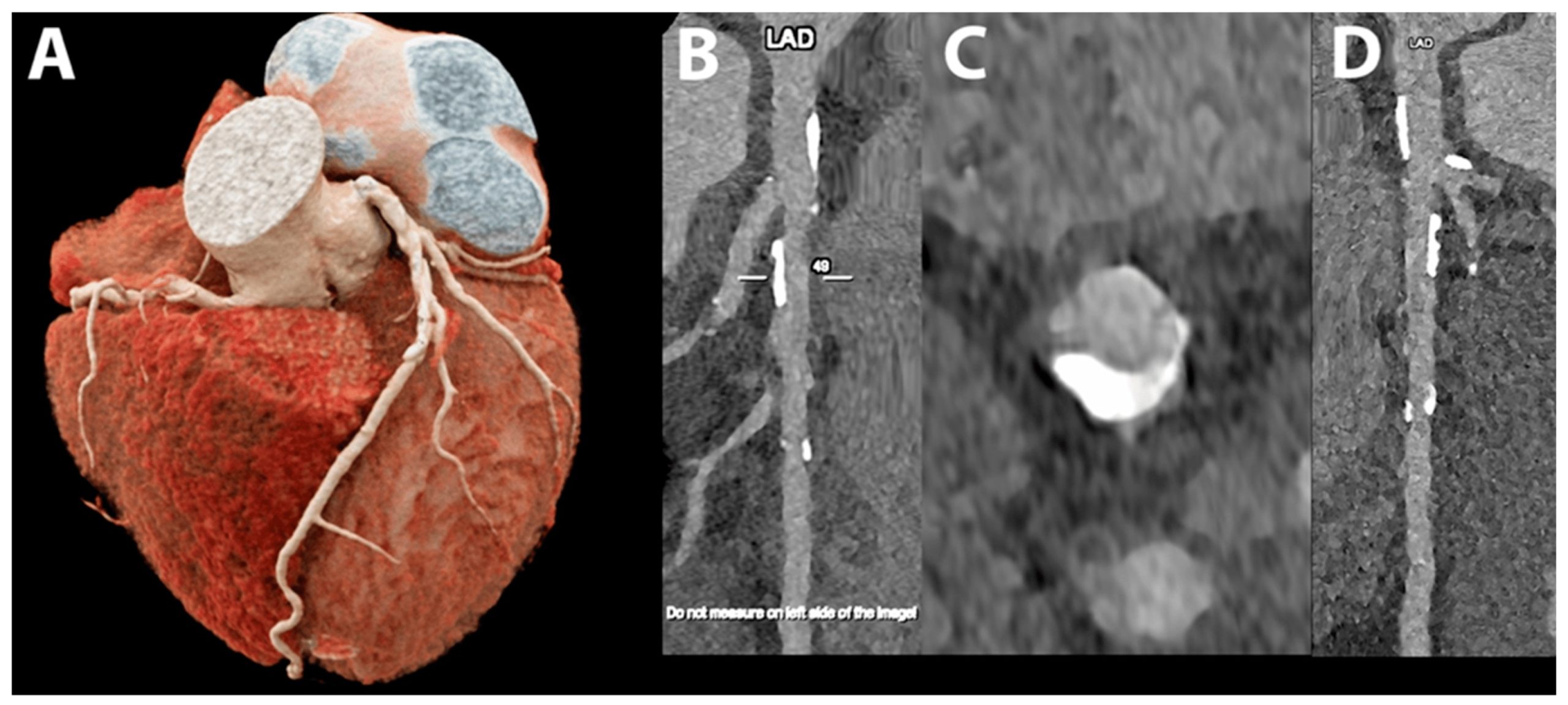
The utilization of Ultrahigh-Resolution Photon-Counting CT (PCD-CT) marks a significant breakthrough in the assessment of Coronary Artery Disease (CAD). Published in Radiology, a study demonstrates its superiority over conventional methods, particularly in cases with calcifications. Led by Dr. Tilman Emrich, the research showcases a remarkable 54% reclassification rate to lower CAD categories, highlighting its potential to refine patient management and curtail unnecessary interventions. While acknowledging the need for further validation, this technology promises to revolutionize CAD evaluation, offering enhanced precision and potentially reducing healthcare costs.
Photon-Counting CT (PCD-CT) technology represents a groundbreaking advancement in the assessment of coronary artery disease (CAD), offering a significant improvement over conventional methods. This transformative technology, highlighted in a recent study published in Radiology, the journal of the Radiological Society of North America (RSNA), demonstrates promising outcomes in patient management and intervention reduction.
Coronary CT angiography serves as a primary diagnostic tool for CAD evaluation. However, its efficacy diminishes in cases involving severe calcifications within the coronary arteries’ plaque. Ultrahigh-spatial-resolution PCD-CT emerges as a game-changer by enhancing image quality and spatial resolution, crucial for accurately discerning minute structural details.
Dr. Tilman Emrich, co-author of the study and a radiologist at the University Medical Center Mainz in Germany, along with being an assistant professor of radiology at the Medical University of South Carolina, underscores the potential impact of ultrahigh-spatial-resolution technology on risk reclassification and downstream testing recommendations.
The research methodology encompassed the assessment of coronary stenoses, or artery narrowing, in both controlled in-vitro conditions and real-world patient data. In the in-vitro phase, a vessel phantom with predefined stenosis grades underwent evaluation, followed by the retrospective analysis of 114 patients who underwent ultrahigh-spatial-resolution cardiac PCD-CT for CAD evaluation. The study involved comparisons with conventional CT reconstructions and utilized CAD-RADS classifications to guide clinical decisions.
Results from the in-vitro phase revealed a notable reduction in stenosis overestimation with ultrahigh-spatial-resolution scans, particularly evident in minimizing the adverse effects of calcifications on image quality. In the patient cohort, the ultrahigh-spatial-resolution PCD-CT demonstrated a lower median stenosis degree for calcified plaques compared to standard CT, often leading to reclassification to a lower CAD-RADS category in 54% of cases. This shift in classification was particularly pronounced in instances involving calcified plaques, where the technology mitigated stenosis overestimation.
Dr. Emrich emphasizes the potential of ultrahigh-spatial-resolution PCD-CT to overcome the limitations of conventional cardiac CT angiography, notably addressing the challenge of stenosis overestimation due to calcium blooming. By accurately representing the true size of calcifications, this technology holds promise for guiding appropriate downstream testing, thereby potentially reducing unnecessary procedures, associated complications, and healthcare costs.
However, the study notes that the benefits of ultrahigh-spatial-resolution were not as substantial for mixed and non-calcified plaques. It is important to recognize that these findings stem from a simulation study, necessitating further validation through real-world comparisons to ascertain its broader applicability and efficacy.
Ultrahigh-Resolution Photon-Counting CT (PCD-CT) emerges as a game-changer in Coronary Artery Disease (CAD) assessment. Dr. Tilman Emrich’s study, featured in Radiology, highlights its superiority over conventional methods, particularly in cases with calcifications. The substantial reclassification of patients to lower CAD categories underscores its potential to enhance patient management and reduce unnecessary interventions. While further validation is essential, PCD-CT holds promise in revolutionizing CAD evaluation, offering heightened precision and efficiency in clinical practice, ultimately benefiting patient care and healthcare resource utilization.




